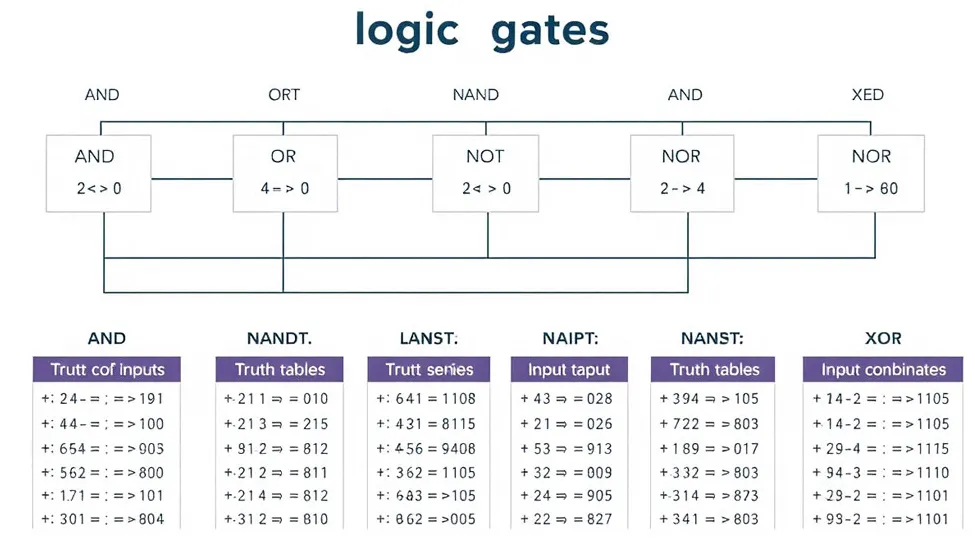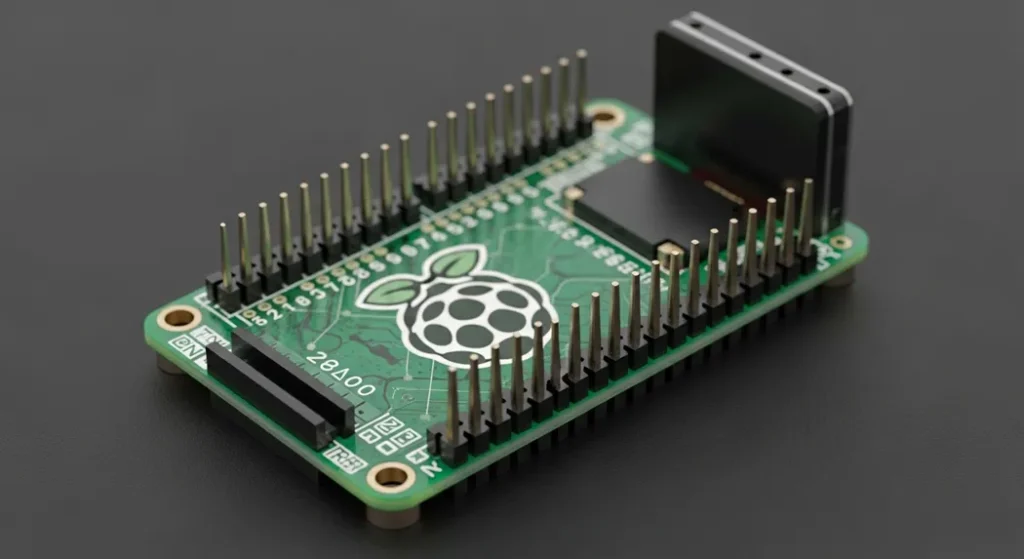Adaptive Delta Modulation
Imagine trying to send a voice message across a loud, crowded room. You would need to speak clearly and efficient, getting your point across without losing the meaning. That’s basically what Adaptive Delta Modulation (ADM) does in digital communication. It is a smart way to turn analog signals like your voice into digital form, ensuring the message stays clear even in noisy or unpredictable conditions.
In this post, I’ll explain what Adaptive Delta Modulation (ADM) is. How it works, show you its block diagram, and share where it’s used in real life. Think of it like a friendly chat simple straightforward and free of confusing tech jargon.
What Is Adaptive Delta Modulation, Anyway?
Let start with the basics adaptive delta modulation or ADM for short. Is a way to turn analog signals like sounds or video into digital bits that computers and communication systems can understand? Now there a simpler version of this called Delta Modulation (DM), which uses a fixed step size to follow the changes in a signal. But ADM takes it a step further it smart enough to adjust its step size depending on how quickly the signal is changing. That means it can handle everything from quiet whispers to loud shouts without messing up the message. Think of it like this: imagine you’re trying to trace a curvy line with a ruler. If the ruler only has fixed notches, you might miss some of the smaller curves or overshoot the bigger ones. But if your ruler could adjust its notches as you go, you’d be able to trace the line much more accurately. That’s what ADM does it adapts as it goes, making the signal clearer and reducing errors on the receiving end.
Why Adaptive Delta Modulation Matters
You might be wondering Why does this matter? Well ADM fixes two big problems in regular Delta Modulation slope overload (when the signal changes too fast and the fixed step size falls behind. Like trying to climb a steep hill with tiny steps) and granular noise (that annoying static when the signal is too quiet caused by steps that are too big. ADM solves both by adjusting the step size dynamically making signals clearer and reducing noise. This means better quality for things like phone calls radio and even space communications. So your Zoom calls don’t sound robotic and satellite signals stay crisp.
Breaking Down the Block Diagram
Now let’s get to the heart of ADM its block diagram. This is like the blueprint of how ADM works showing the flow of signals through different components. Don’t worry if diagrams sound intimidating I’ll make it feel like we’re sketching it out together.
The Transmitter Side
The transmitter is where the magic starts. It takes the analog signal and turns it into a digital bitstream. Here’s how it flows:
- Input Signal: This is your raw analog signal, like a voice or a video feed.
- Summer: The summer compares the input signal with a predicted version (a “staircase” approximation from the previous sample). It calculates the difference, or error, between them.
- Quantizer: This part simplifies the error into a single bit—either a 1 (if the signal is higher than the prediction) or a 0 (if it’s lower).
- Step Size Control Logic: Here’s where ADM shines. This block looks at the quantizer’s output and decides whether to increase or decrease the step size. For example, if the signal is changing fast (lots of 1s or 0s in a row), it might double the step size to keep up. If the signal is steady, it shrinks the step size to avoid unnecessary jumps.
- Integrator: The integrator builds the staircase approximation by adding or subtracting the step size based on the quantizer’s output. This approximation feeds back to the summer for the next comparison.

The Receiver Side
The receiver’s job is to take that digital bitstream and rebuild the original signal. It mirrors the transmitter’s process to stay in sync:
- Step Size Control Logic: Just like in the transmitter, this block adjusts the step size based on the incoming bits.
- Accumulator: This part reconstructs the staircase waveform by adding or subtracting the step size for each bit.
- Low-Pass Filter: The filter smooths out the staircase to produce a close approximation of the original analog signal, removing high-frequency noise.

The beauty of this setup is how the transmitter and receiver work together, constantly adapting to the signal’s behavior. It’s like a dance where both partners adjust their steps to stay in rhythm.
Real-World Applications of Adaptive Delta Modulation
So, where does ADM actually show up in the world? It’s not just sitting in a textbook—it’s powering some pretty cool stuff. Here are a few places where ADM makes a difference:
Space Communications
Have you ever wondered how NASA communicates with space probes millions of miles away? ADM is one example of a communication format between ground crews and CTVs, because it’s durable and efficient. It manages long-range, noisy signals without requiring complicated error correction, guaranteeing clear data from rovers on Mars or satellites in orbit. As one comment on X stated, NASA has been using ADM since the 60s due to its rugged reliability.
Voice and Audio Systems
ADM is a go-to for voice coding in things like digital radios and secure communication systems. Motorola’s SECURENET digital radio, for example, uses ADM at 12 kbit/sec to deliver clear audio in noisy environments, like police radios. It’s great for situations where crystal-clear sound isn’t critical, but fast, reliable transmission is.
Television Signal Transmission
In TV broadcasting, ADM helps transmit signals efficiently, especially in systems that prioritize speed over perfect quality. It’s used to encode video signals, ensuring smooth playback even when bandwidth is limited.
Medical Signal Processing
ADM also pops up in medical devices, like ECG monitors, where it’s used to compress and transmit heart signals in real time. Its ability to handle varying signal amplitudes makes it perfect for capturing the subtle changes in a heartbeat without overloading the system.
Advantages That Make ADM Stand Out
Why choose ADM over other modulation techniques? It’s got some serious perks:
- Better Signal Quality: By reducing slope overload and granular noise, ADM delivers a higher signal-to-noise ratio than regular Delta Modulation.
- Wide Dynamic Range: The variable step size lets it handle both loud and soft signals without distortion.
- Bandwidth Efficiency: ADM uses bandwidth more effectively, making it ideal for systems where data needs to travel fast and light.
- Robustness: It performs well even with bit errors, which is why it’s a favorite in noisy environments like radio or space communications.
A user on a tech forum called Electronics Point praised ADM for its “ability to adapt to signal changes on the fly,” noting it’s a game-changer for low-power radio designs.
Challenges and Things to Keep in Mind
No tech is perfect, and ADM has its quirks. For one, it’s still a lossy compression technique, meaning some signal details get lost in translation. If you’re working with high-fidelity audio or super-precise data, something like Pulse Code Modulation (PCM) might be a better fit. Also, while ADM is simpler than PCM, it’s a bit more complex than basic Delta Modulation, so designing the step size control logic can be tricky. You’ve got to balance the step size carefully to avoid introducing new errors.

Common Questions People Ask About ADM
I dug into some forums and Q&A sites to see what people are curious about when it comes to ADM. Here are a couple of real-world questions and answers:
- “How does ADM differ from regular Delta Modulation?” The big difference is the step size. In regular DM, it’s fixed, which can lead to distortion when signals change quickly or stay steady. ADM adjusts the step size dynamically, making it more flexible and less prone to errors.
- “Is ADM still used today?” Absolutely! It’s common in niche areas like space communications, secure radios, and medical devices where efficiency and reliability matter more than perfect quality.
Wrapping It Up: Why ADM Is Worth Knowing About
Adaptive Delta Modulation might sound like a niche topic, but it’s a quiet hero in the world of digital communication. From helping astronauts stay in touch with Earth to keeping your walkie-talkie clear in a storm, ADM’s ability to adapt on the fly makes it a powerful tool. Its block diagram shows a clever system that balances simplicity with flexibility, and its real-world applications prove it’s more than just theory—it’s tech that impacts lives.




